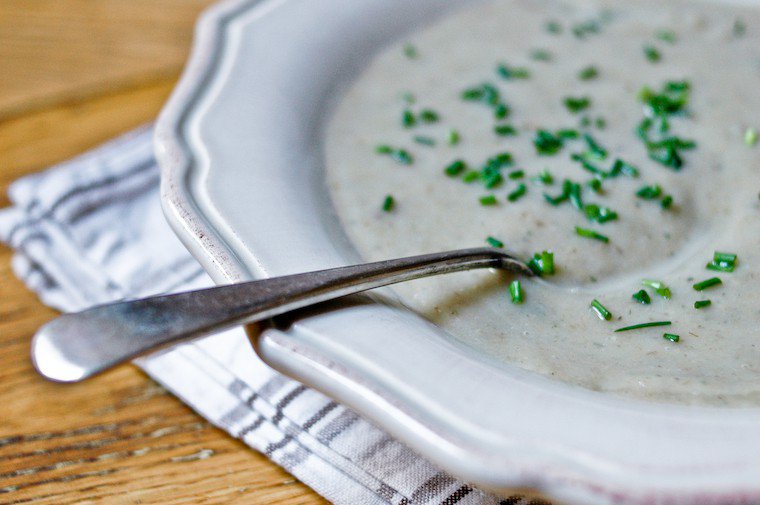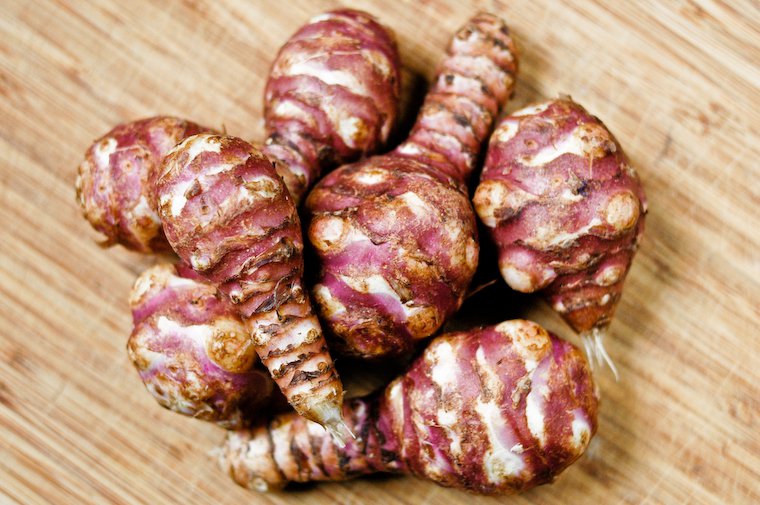This banana pecan cake entered my life thanks to one of the countless blessings this blog has brought to my life, which is to have met and become friends with quite a few cookbook authors.
Cookbook authors are delicious people to be around, naturally, and if I manage to fox my way into their house they may actually cook for me, but the invaluable bonus is that, once I’ve come to know and trust them, once I’ve witnessed how exacting they are, and how much pressure they submit themselves to in order to produce bulletproof recipes, I feel I can use their cookbooks with blind faith. I know I’m in good hands, and things had better work out because I know where they live.
One of my cookbook-writing friends is Marianne Magnier-Moreno, whom I met almost years and years ago at Chocolate & Zucchini’s second anniversary party, and who wears many hats: recipe writer, journalist, translator, cheesecake maker, young mother, and significant other to a gifted painter.
The crumb is moist and fluffy, the flavors multi-dimensional, and the overall sweetness is moderate, which leaves ample room for the maple glaze to step in and do its thing.
Marianne has recently released (and received an award for) a book called Le Grand Manuel du cuisinier that could actually be seen as an epic follow-up to another wonderful one she had written years before, called Mon Cours de cuisine pâtissier, a baking manual that offers seventy recipes with step-by-step pictures and detailed instructions. Step-by-step photography is nothing new in the world of cookbooks, but I’ve always thought it could make a book look dull. Not so here, where the shot-from-the-sky visuals and tasteful styling make each double an aesthetic treat.
My dear friend’s banana pecan cake
Among the winning recipes in that book is one for banana pecan cake, which I often bake when I have über-ripe bananas to use, and top with a maple glaze that’s also one of Marianne’s recipes.
I actually do not make the cake quite as written: I substitute almond butter for part of the butter in the printed recipe, and maple syrup for part of the sugar. I also lower the amount of flour, and add a little amber rum, and use pecans in place of Marianne’s walnuts.
Now, I know I just stated that I wanted to feel I could follow a cookbook’s directions with my eyes closed, but let me explain: I like to bake and cook things my own way, but in order to tweak a recipe, I need it to be rock-solid, otherwise it might not hold up to the tweaking.
But this banana pecan cake does, and brilliantly so. The crumb is moist and fluffy, the flavors multi-dimensional, and the overall sweetness is moderate, which leaves ample room for the maple glaze to step in and do its thing.









